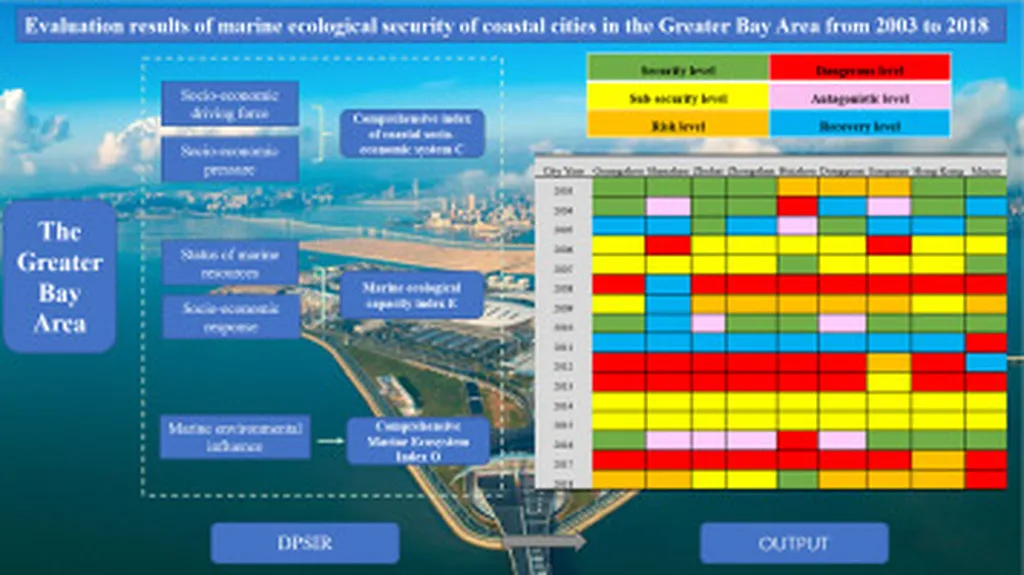In the bustling coastal city of Shenzhen, a new study is making waves in the realm of marine ecological environment protection. Led by LI Xiaojun from the Urban Planning & Design Institute of Shenzhen, the research delves into the current institutional, regulatory, and standards frameworks for marine ecological protection in China. The study, published in the journal ‘Haiyang Kaifa yu guanli’ (translated to ‘Ocean Development and Management’), offers a comprehensive analysis and proposes targeted recommendations for enhancing marine environmental governance.
LI Xiaojun and his team examined case studies from San Francisco Bay in the U.S. and Hong Kong Special Administrative Region in China to identify best practices that could be transferred to other coastal cities. The study highlights innovative practices and unresolved challenges in marine ecological protection management, using Shenzhen as a case study.
One of the key recommendations is the establishment of a regional marine ecological protection coordination mechanism. This mechanism would enhance cross-jurisdictional collaboration, which is crucial for addressing environmental issues that transcend administrative boundaries. “Effective marine ecological protection requires a coordinated effort,” LI Xiaojun noted. “By fostering collaboration among different regions, we can ensure a more holistic and effective approach to marine environmental governance.”
The study also emphasizes the need for strengthening policy support for industrial green transition. This involves aligning economic growth with ecological sustainability, a balance that is particularly relevant for maritime sectors. By promoting green technologies and sustainable practices, coastal cities can reduce their environmental footprint while continuing to drive economic development.
Another significant recommendation is the development of a marine ecological health and safety assessment framework. This framework would guide risk mitigation and adaptive management, helping maritime professionals to better understand and address potential environmental risks. “A robust assessment framework is essential for proactive management,” LI Xiaojun explained. “It allows us to anticipate and mitigate risks before they escalate, ensuring the long-term health of our marine ecosystems.”
The study also calls for the formulation of a comprehensive legal system for marine ecology and environmental protection. This would provide a clear and enforceable set of rules, ensuring that all stakeholders adhere to best practices. Additionally, the study suggests refining the marine environmental standards system to address gaps in monitoring and enforcement. This would help to ensure that environmental regulations are consistently applied and effectively enforced.
For maritime professionals, these recommendations present both challenges and opportunities. The push for a more coordinated and comprehensive approach to marine environmental governance could lead to stricter regulations and higher compliance costs. However, it also opens up opportunities for innovation and growth in green technologies and sustainable practices.
The study serves as a valuable reference for other coastal cities in China seeking to develop their marine environmental protection regulations and standards. By learning from the experiences of Shenzhen and other coastal regions, these cities can better navigate the complexities of marine ecological protection and achieve a balance between economic development and environmental sustainability.
In the words of LI Xiaojun, “The future of our marine ecosystems depends on our ability to adapt and innovate. By embracing these recommendations, we can ensure that our coastal cities continue to thrive while protecting the precious marine environments that sustain us.”

